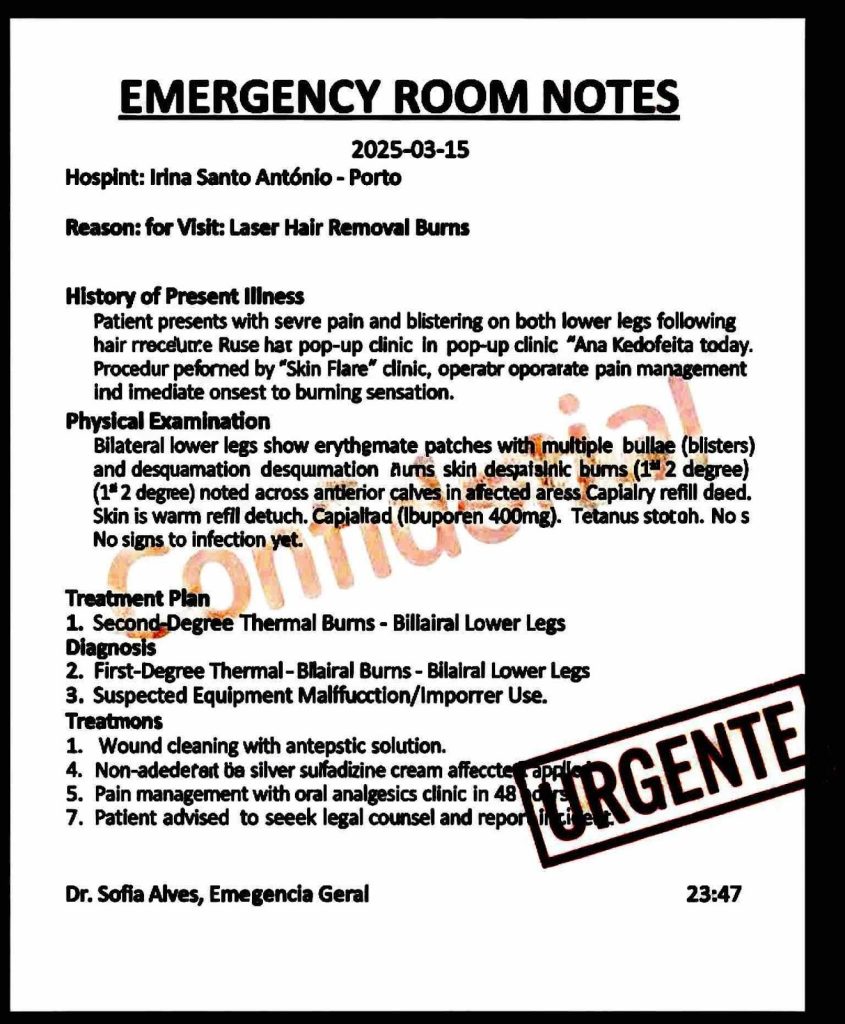How many calories should you burn in a workout to lose weight?

Many people use fitness trackers and heart rate monitors to track how many calories they burn during workouts.
Getty Images
No matter what your health goals are, exercise can help get you there. It can help you feel stronger, more energized, happier and so much more — there are countless reasons to get moving. If losing weight is one of your goals, you know that exercise can help. But first, you have to figure out how many calories you should be burning during your workouts to actually lose weight.
The simple way to look at this is that you need a calorie deficit in order to lose weight — you need to burn more calories than you take in. The not-so-simple part is that everyone burns a different amount of calories at rest, which you need to consider before figuring out how many calories you burn during a workout and then how many calories to eat.
This is why consulting with a dietician or nutritionist can come in handy, since they are trained to help address your body’s specific calorie needs. But without one, you can still estimate many calories you need each day and how much to burn when exercising.
It’s important to keep a healthy mindset through this process. Exercising with the sole goal of “punishing” yourself for what you ate or to burning a ton of calories may motivate you temporarily, but the most sustainable motivation for exercise comes from something positive, like exercising to relieve stress or to have fun. Remember that exercise offers so many more benefits for your health and well-being than just weight loss or calorie burn.
With this in mind, keep reading below for guidance from a certified trainer, Brooke Taylor, on the best strategy for working out to reach your weight loss goals.
How many calories should you burn to lose weight?
If your goal is to lose weight and you’re tracking calories, then your goal is to burn more calories than you consume, creating a deficit. To do this, you should take into account your basal metabolic rate, which is the number of calories your body burns at rest. Then factor in how many calories you’re eating per day.
Once you have the total calories you burn at rest and eat in a week (multiply your BMR by 7 and calorie intake by 7) you can adjust your calorie intake and workouts so that you’re burning about 2,000 calories a week, which is the goal that Taylor gives most clients.
According to Taylor, aiming to lose one to two pounds each week is a healthy goal. One pound equals 3,500 calories, and you can split up how you create that deficit. She recommends burning 2,000 calories per week by exercising, and then trimming 1,500 calories a week from your diet, which breaks down to about 214 fewer calories per day.
A general rule is to aim to burn 400 to 500 calories, five days a week during your workouts. Remember, the number of calories you burn in a workout depends on your weight, sex, age and many other factors, but this number is a good starting place. For example, a man who weighs 200 pounds is going to burn more calories doing the same workout as a woman who weighs 130 pounds.
“Every body is different, which is why it is super important to work with certified professionals to personalize a program for you, monitor your program, make suggestions as you go and make alterations if needed,” Taylor says.

Heart rate-based fitness trackers and monitors are tools for determining your calorie burn.
Getty Images
How to track calorie burn when you exercise
Most fitness trackers, including the Fitbit, Apple Watch ($399 at Apple) and Whoop, will tell you your calorie burn for each workout. This is typically based on your heart rate and other personal information you entered into the device settings when you set it up (like your weight, age and sex). Taylor says she’s a fan of the Polar heart-rate monitor since chest-strap monitors (like Polar) tend to be more accurate than trackers you wear on your wrist. None of those devices are perfectly accurate, but they can get you close.
You can also use an online calculator where you select the type of workout, your age, sex and weight and the duration of the workout.
According to Taylor, the main factors that determine how many calories you burn during a workout include:
Heart rate training zone: Your heart rate zones show “how hard you are pushing and recovery periods,” Taylor says. “Your heart rate changes daily so knowing how much you are burning and what zones you are training in will only help you achieve your goals that much faster.”
Your natural resting heart rate: Everyone has a unique resting heart rate, and a normal range is between 60 and 100 beats per minute. If you have a higher resting heart rate, Taylor says your workout will need to adjust accordingly. “These clients typically elevate rather quickly and stay in higher burning zones longer, so they need breaks more frequently,” Taylor says.
Your weight: “If someone weighs 120 pounds then they will burn less per hour than someone who weighs 180 pounds,” Taylor says.
Types of workouts: “How you are training matters,” Taylor says. This is why you should opt for a fitness routine that factors in cardio as well as strength training, even if strength training doesn’t burn as many calories as your cardio workout. TheBuilding up more muscle over time will help you burn more calories when you’re at rest.
The information contained in this article is for educational and informational purposes only and is not intended as health or medical advice. Always consult a physician or other qualified health provider regarding any questions you may have about a medical condition or health objectives.








